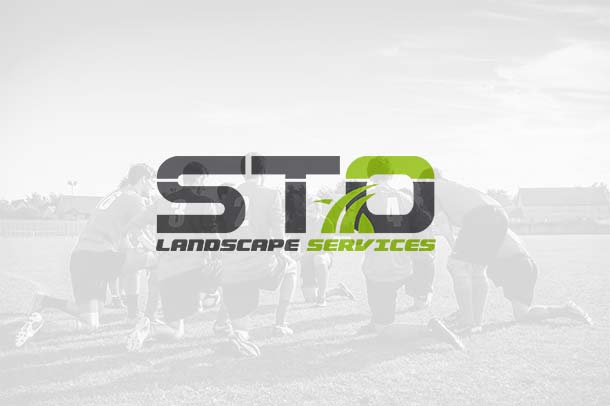Athletic field management requires overseeing every aspect of the field from construction to maintenance. Field management professionals at Haverland AG Innovations have learned many best practices over the years. Our goals are to ensure all athletic fields are kept in tip-top shape to facilitate years of sports games. This article outlines 10 tips for successful athletic field management.
- Field Construction Done Right: Sports field management is easiest when the field construction is completed properly from the start. Always refer to professional athletic field builders when managing the construction of a new field. These experts will ensure that the necessary elements are in place for easy maintenance.
- Become Familiar With Your Field: Different fields have varying needs depending on the type of field, location, season, frequency of use, and many other factors. Get to know the specific needs of your field and the elements already in place to assist with maintenance.
- Employ Proper Irrigation Method: Irrigation is a requirement for both natural and artificial turf fields. Some methods of irrigation are better for specific types of fields. Overlooking irrigation will inevitably lead to major turf issues. Check out our blog, All About Athletic Field Irrigation, to learn more about this matter.
- Use Water To Your Advantage: Water is required for all fields, but watering is particularly critical for clay fields. Clay becomes hard or powdery when it is not watered appropriately. Baseball fields and similar fields should have clay watered daily. Water the clay about 8 hours before upcoming games for best play experiences.
- Create Safe Fields For Optimal Performance: The composition of spoil on a field has an impact on the safety and performance of the field. For example, ensure infields have a mix of 20% clay, 10% silt, and 70% sand for the best performance.
- Provide The Best Tools: The tools used to maintain a field need to be of a certain quality for best results. Do not skimp when your groundskeeper says they need rakes or irrigation supplies. Not only will low-quality tools produce less attractive field aesthetics, but they can also compromise safety.
- Keep The Turf In Top Shape: Turf should always look green and hold up strong to frequent use. Overseeding, aerification, and mowing are just three of the processes that need to happen to keep natural turf going strong. Artificial turf also needs to be cleaned and tended to. Turf maintenance is a quintessential aspect of field management.
- Perform Regular Renovations: Regular field renovations are needed even though athletic field maintenance should keep the field looking good day today. Laying new turf and re-painting sideline benches every several years are just a part of managing a sports field.
- Eliminate Puddles With Topdressing: Puddles are a thing of the past with topdressing. This material is a reliable method for safely soaking up large amounts of water that build upon a field. Topdressing is one of the many services offered by SHaverland AG Innovations.
- Stay Educated: There are constantly new maintenance methods and technologies being developed for athletic fields. Staying up to date on new options will keep you as a manager compete with other athletic fields.
Set off in a good direction for athletic field management by following the tips outlined in this article. Overseeing the upkeep of the look and performance of a field are vital responsibilities for any field manager. At Haverland AG Innovations, we can make a field manager’s job easier by taking over all of the field maintenance responsibilities. For a quote on comprehensive athletic field maintenance, contact us at (561)369-7994!
